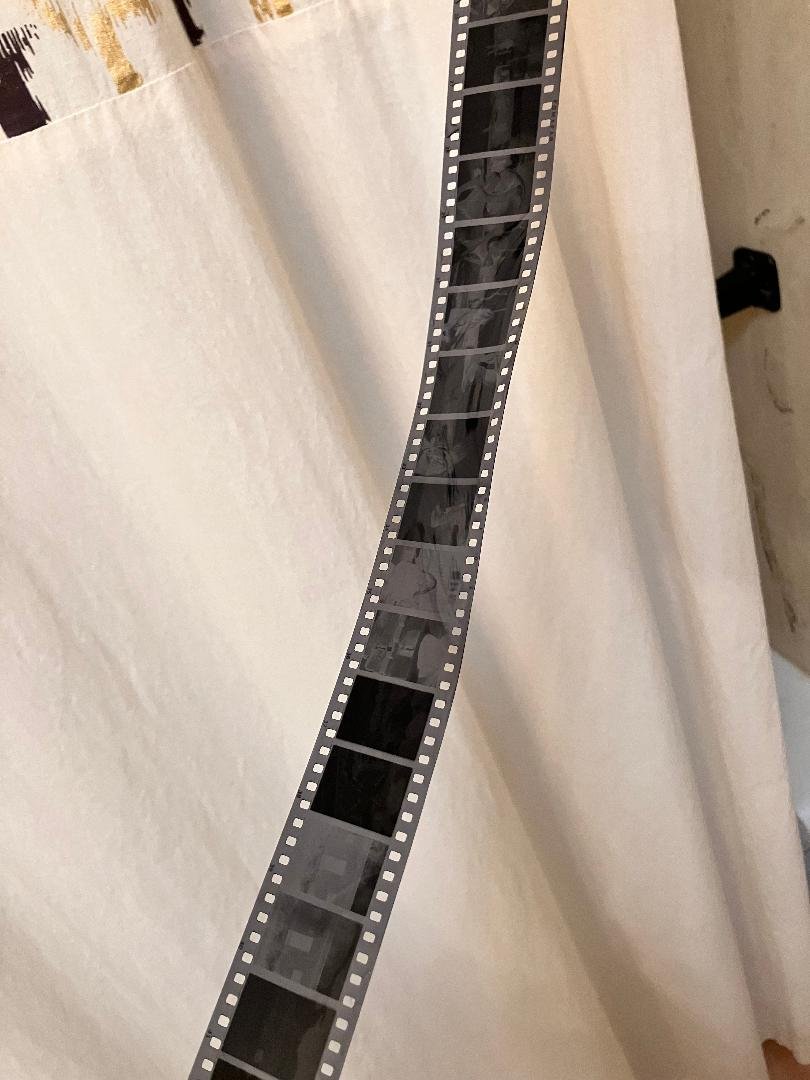2025…another year….they seem to roam along like a coyote crossing a road. Upon first observation or knowledge, while neat, they soon slink back into some anonymous mode and out of sight.. They seem to skulk into the shadows and life moves on. Somewhat like a new year….sure, 2024 is gone and now 2025…..So upon first thought, you say….wow, what a fast year it was last year. And then you think that we are already well into January and it came and went without much notice. The year moves and much like the coyote, days past are just that, days past.
Where does that make my photography….well….it also moves along like a coyote caught in the headlights of my car. While I don’t try to make new year resolutions as ‘time itself’ is just a configuration that humans place upon our culture to live by, ….to plant crops by…to sleep at dark and wake in the morning etc…. the number itself to me is meaningless or the date. But it is a new year and looking back I found I am doing about the same thing this year as last (filing taxes too) regarding my photography. Last year and this year I used January as a time to sum up my prior year projects and push them into the home front and for me, that is in the fashion of a new zine.
Not just one Zine but three….all around 44, 48 & 52 pages. That is about as close as I will get to a new year’s resolution and it isn’t even that as I wrap up a few photo-projects and get my work out there.
The image below shows my recent initial order to MIXAM; my publishing company. These are certainly not large orders as I usually order a small batch and hand them out to people and if I get positive vibes, I can order more. Also, each one this year has a purpose.
For instance….the first zine is entitled 4 Evenings. These sepia photographs used a combination of film (Olympus Pen F and OM1) and Digital (Olympus OM D) where I captured an artists colony in Tucson AZ. I just wanted some odd shots which represent this warehouse/art colony. My intent is to return and with a second round (perhaps this year) capture stories of a few individual artists.
The second Zine is my Urban Lyfe Series 3. Shot in Philadelphia and all on film, I pulled from 70+ rolls shot in 2024 and all of it shot on film. These images reflect the third year in a row where I have taken my best urban shots and placed them into a zine. No doubt, there will be a Series 4 as I have a condo in center city within the heart of Philly, so I wander a lot while there. I am going to change my shot composition/emphasis just slightly this year.
The third Zine represents my ‘salt printing process’…..all of the photographs are from my work in the studio perfecting my salt printing technique. Dating back to the 1839 upon first introduction (185 years ago) I have gone a bit radical in my approach, but that is par for the course with me. I want to be different, not the same. All images have a slight sepia tonality and all were printing using various water colour papers plus a mixture of chemicals that I managed to dilute differently than others might, as well as placement in the sizing process of the paper. My studio has a UV light box, which makes this salt printing process have less variables.
—————————————————————————————————————————————————————-
That brings my 2024 to a close and now for 2025. What might be on the horizon?
First….my overall emphasis regarding shooting composition is going to change. More to come as there is no reason to give away ‘the store’….
Second, I am going to attempt to capture individual artists at the Steinfeld Artist Warehouse in Tucson, AZ. Again, I will match what I do in my upcoming Philly zine in terms of creating a new shooting composition/ emphasis. This is a tag-on to my first zine of 2024 “Four Evenings’ as I described above. I love the idea of these very creative artists and to represent them in an equally unique and creative way.
Third….I would like to build up my knowledge of the 1930’s and the Farm Security Administration (FSA) and teach a course on this topic. As evident by below (By the way, is that a color photo? I shot color? What….no way man…I shoot black and white) , I am just starting and certainly have books to read and photographers to research individually. I have other books ‘on order’ so my reading this year is pretty photo-based. Sorry Tom Clancy. But I have a natural love for history and photographs. What better way to meet my love, than to combine the two and the decade of the 1930’s in America represents a time during the Great Depression where images shot by a cadre of photographers can’t be put aside and forgotten. These are simply too valuable.















